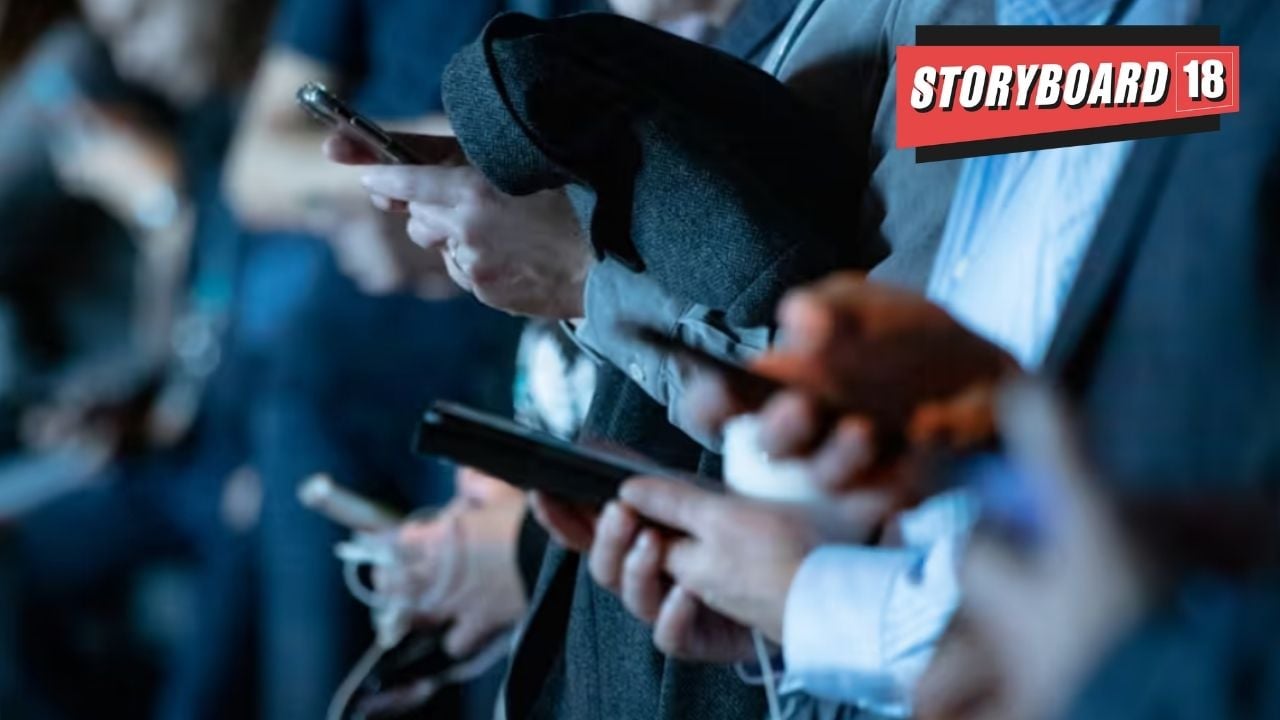In a major leap toward bridging the digital divide in education, Intel and Tejas Networks have successfully integrated Direct-to-Mobile (D2M) broadcasting technology into laptops, enabling the seamless delivery of multimedia educational content across India — without the need for Wi-Fi or internet connectivity. The technology will be presented at the World Audio Visual & Entertainment Summit (WAVES) 2025.
This integration marks a milestone in India’s drive towards equitable digital access. Earlier, HMD Global and Lava International had announced plans to launch D2M handsets in the country to meet the expected mass consumer demand. HMD and Lava will unveil their respective D2M phones in India during WAVES 2025, in collaboration with D2M partners, which include FreeStream Technologies, Tejas Networks, and Saankhya Labs.
D2M is a breakthrough next-generation broadcasting technology that delivers OTT and live TV, video, audio, and text messages directly to mobile phones without requiring Wi-Fi or internet service. The implementation of this technology will enable Indian consumers to access entertainment, sports, educational programmes, and emergency alerts directly on their mobile devices through terrestrial TV broadcast airwaves.
The cutting-edge laptops feature Intel processors combined with an embedded antenna and the Tejas–Saankhya SL-3000 SDR chipset, enabling uninterrupted access to educational programming. Tejas Networks has also built a comprehensive suite of infrastructure tools to support large-scale D2M network deployment.
Read More: Prasar Bharati gears up for massive D2M trials, bidding to begin in a year
Parag Naik, Executive Vice President of Tejas Networks, called the innovation a “revolutionary leap” in educational content delivery. “By using the multicast capabilities of ATSC 3.0, our D2M platform can simultaneously broadcast content in multiple languages and formats tailored to different student groups. This ensures high-quality, inclusive learning regardless of geography or connectivity.”
The SDR chipset, developed entirely in India, reflects the nation’s growing prowess in deep-tech innovation. Already being tested in live networks through a collaboration with Prasar Bharati and IIT Kanpur, the system represents a mature and scalable solution for public content delivery.
Gokul Subramaniam, President of Intel India, highlighted the broader implications: “Intel continues to innovate with the ecosystem to bring unique computing experiences to the users and enable them to perform tasks that can transform their lives. D2M technology, as part of our collaborative effort with Tejas Networks, opens a range of new possibilities to deliver content through personal computing and edge devices. We believe the possibilities with this capability in a PC are far reaching for education in India and globally.”
The initiative has also earned praise from education leaders. Shashi Shekhar Vempati, Chairperson of the UGC Committee on Educational Media Reforms, noted: “In line with Hon’ble Prime Minister Narendra Modi’s vision for a Viksit Bharat (Developed India) by 2047, the integration of D2M broadcasting technology with AI-capable edge computing can lead to a full-stack (chips to platform) deep-tech public goods infrastructure purpose-built to deliver high quality educational content to India’s youth.”
This initiative also aligns with the National Education Policy (NEP) 2020’s vision of equitable and inclusive education by helping overcome digital access barriers for students nationwide. Vempati added.
Storyboard18 had reported that the Ministry of Information and Broadcasting (MIB) had referred the Direct-to-Mobile (D2M) broadcasting proposal to a committee of secretaries.
Gaurav Dwivedi, Chief Executive Officer, Prasar Bharati had said, “The proof-of-concept testing has been completed successfully across 19 cities using both high-power and low-power transmitters. Now, we are looking at a slightly longer-term model to establish its business viability. Within a year, we will invite bids from technology companies for large-scale testing over a period of three to five years to establish viable business model.”
Multiple ministries are involved in D2M broadcasting tech such as Department of Telecommunications (DoT), Ministry of Electronics and Information Technology (MeitY), Department of Space (DoS), and MIB.
Read More: MIB refers D2M broadcasting proposal to committee of secretaries
Read More: Prasar Bharati’s WAVES vs D2M: Committee of Secretaries meet to discuss D2M tech
